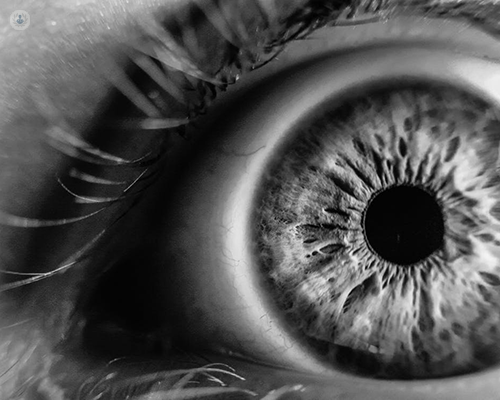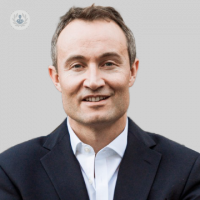An insight into ptosis
Written by:Ptosis is the medical term for when the upper eyelid droops over the eyeball. In some people, the eyelid drooping may be aesthetically unpleasing to them. Ptosis may also cause a feeling of heaviness, while in others the droop may be sufficient to cover the pupil and interfere with vision and affect activities of daily living such as reading, television and driving. Ptosis may occur in one or both of the eyes.
A child born with ptosis, known as congenital ptosis, may develop a “lazy eye”, or amblyopia, so a prompt evaluation by a specialist is important.

What causes ptosis?
There are a number of causes of ptosis. When ptosis develops in adults, it is most commonly due to age related or ‘involutional’ causes that weaken the attachment between the internal muscle (the levator aponeurosis) and the eyelid. Sometimes, droopy eyebrows or eyelid lumps can also mechanically contribute to eyelid ptosis. Eyelid ptosis may be associated with contact lens use, previous cataract surgery, swelling of eyelids and trauma. There are other important causes of ptosis which may have important implications for systemic health including neurological or orbital disease, so it is important to exclude such causes before settling on a diagnosis of ‘involutional’ ptosis.
Ptosis may arise at birth. In children it is very important to ensure a ptosis is not impairing development of the child's visual system in this critical period of development.

How is ptosis treated?
Patients with ptosis may not always require treatment if the drooping of the eyelid is mild and does not interfere with daily activitites. However, if the ptosis does affect sight or quality of life, surgery is usually offered. This typically entails an eyelid surgeon tightening the internal eyelid muscle. This is often done under local anaesthesia.
In children with ptosis the decision to operate and the timing depends upon visual development. Children will typically need close monitoring by a specialist or team of specialists potentially administering glasses or patches, as well as considering surgery.
For adult patients with ptosis related to the more complex causes mentioned earlier, further investigations may be required and surgery would be deferred.


